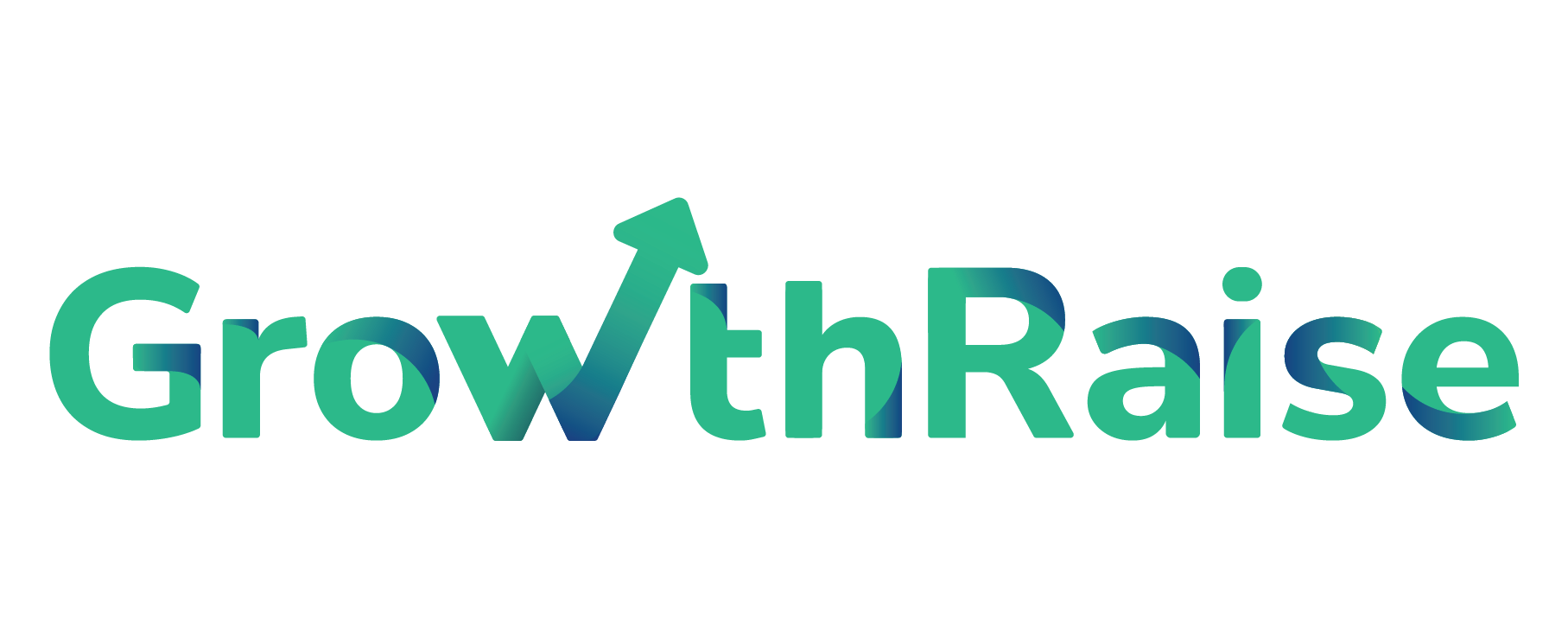Leveraging Inbound Social Media Marketing for Success
With over 5 billion users worldwide, social media has long ago evolved from a simple socializing tool into a powerful platform for businesses looking to grow, connect with new audiences, and build lasting relationships.
Whether you’re a startup looking to grow or a seasoned business aiming to expand, leveraging social media is no longer just an option – it’s a necessity. This is where inbound social media marketing comes in.
Continue reading to learn how social media fits into inbound marketing, its key benefits and best practices for inbound social media marketing that will help your business excel.
The Role of Social Media in the Inbound Marketing Funnel
As a starting point, we need to understand the difference between inbound and outbound marketing. Traditional outbound marketing is a direct approach that focuses on pushing products and services to potential customers, often interrupting them with ads they didn’t ask for.
Inbound marketing, on the other hand, is an approach that lets people find you and come to you on their own by providing value and answering their questions and interests. Social media can fit nicely into your strategy at each stage of the inbound marketing funnel, which is typically divided into four stages: Attract, Convert, Close, and Delight.
Attract
In this stage, the goal is to attract potential customers who are not yet aware of your business by providing reliable and valuable information and solutions tailored to their needs and interests. Social media is a great tool for boosting brand awareness, as platforms like Facebook, Instagram, TikTok, and LinkedIn have the potential to introduce you to a wide range of people through organic content, viral posts, and relevant hashtags.
Convert
At this stage, prospects typically have a clear idea of what they need, even if they are not yet ready to make a purchase. Usually they are seeking more detailed information about products and services.
Social media is invaluable for distributing content like case studies, and customers success stories and engaging potential customers through comments and discussions. These interactions help convert casual scrollers into engaged prospects who see your brand as a helpful resource.
Close
At this stage, it’s time to guide your leads to their buying decision and your social media profiles are where they will go to know more about your brand before deciding to buy from you.
Social media platforms can be the final nudge that turns engagement into conversion.
Delight
Even after a purchase, social media helps you keep the conversation going. The Delight stage is where businesses turn customers into loyal advocates. Through consistent engagement, whether by inviting feedback, answering questions, or encouraging repeat purchases, you can build a strong community around your brand.
Now that we understand how social media works across every stage of the marketing funnel, let’s explore its value for your inbound marketing strategy.

Key Benefits of Inbound Social Media Marketing
Did you know that 90% of social media users follow at least one brand? This shows a shift in consumer behavior towards more direct and engaged relationships with brands, as well as the importance of businesses’ strong social media presence.
But what makes inbound social media marketing so effective? Here are some of its most impactful benefits.
Potential to Go Viral
One of the greatest advantages of social media over other inbound marketing tactics is its viral potential. This is not to say that everything you post will go viral instantly, but unlike SEO-driven content, social media enables your content to be shared widely and quickly within networks, reaching more people. This natural amplification means more “like-minded” prospects discover your content, follow your brand, and engage with your message.
Enhanced SEO
Social media’s impact on search engine optimization (SEO) is often overlooked but should not be underestimated. Content shared across platforms can drive more traffic to your website, indirectly boosting your rankings in search results. For example, you can have a really well-written blog post on your website that doesn’t get much attention. However, sharing it on social media and reaching interested people will boost your website’s traffic and contribute to improved search visibility.
Two-Way Communication
People value real connections and unlike emails or blogs, social media allows two-way communication between you and anyone interested in your business. This ongoing dialogue means you can respond quickly, adjust strategies, and engage with your audience when it matters the most. It also not only addresses customer concerns but also gives your brand a human touch that builds loyalty.
Valuable Market And Audience Insights
Another benefit of inbound social media marketing is that it gives you plenty of audience insights. With in-depth analytics, you can gather critical information about your audience’s behaviors, preferences, and demographics. This data allows you to refine your content strategy, making it more tailored and relevant to the people you want to reach.
For example, a B2B manufacturing firm using X and LinkedIn analytics to track engagement across industries, can identify a sudden surge in interactions in the renewable energy sector. Creating content tailored to this audience can lead to increased inbound inquiries.
High Return On Investment
One of the most attractive aspects of social media in inbound marketing is its potential for high return on investment (ROI). Compared to traditional marketing methods, social media offers a cost-effective way to reach a large and engaged audience. With a well-crafted strategy, you can drive traffic, generate leads, and build relationships without the high costs associated with outbound marketing.
What’s more, social media allows you to repurpose existing content and materials, driving visitors to your website while recycling valuable resources. This sustainable approach increases efficiency and keeps your audience engaged with minimal additional investment.

Best Practices for Starting with Inbound Social Media Marketing
Getting started with inbound social media marketing can seem straightforward, but without a strategic approach, you risk wasting time and effort. Here are some best practices to help you get the most from your efforts.
Set Clear Goals
Before diving into social media, define what success looks like for your business. Whether you’re looking to increase brand awareness, generate leads, or build a community, setting specific, measurable goals will keep your strategy focused and effective.
Know Your Audience
Understanding your target audience is essential for crafting a social media strategy that works. Create detailed buyer personas that highlight their demographics, pain points, and preferred platforms. Knowing this information will help you tailor your content and engagement tactics to better resonate with your ideal customers.
Select the Right Platforms
Not all social media platforms are created equal. Rather than trying to be everywhere, focus on the platforms where your target audience is most active. For example, B2B companies might focus on LinkedIn for thought leadership, while B2C brands targeting younger audiences may find better success on TikTok or Instagram.
Engage in Real-Time
Social media is a fast-moving environment, and engaging with your audience in real-time is crucial. Respond quickly to comments, messages, and mentions, and use tools like automated alerts to ensure you don’t miss important interactions. Timely responses show your audience that you’re attentive, which builds trust and loyalty.
For example, a coffee shop might use an Instagram story poll to ask followers for their opinions about new seasonal drink flavors. By responding in real-time, resharing votes and comments, and responding to DMs, they foster excitement and encourage participation.
Use Diverse Content Formats
Different platforms favor different types of content. Instagram users, for instance, engage more with visuals like stories and reels, while LinkedIn thrives on long-form content and industry insights. To keep your audience engaged and get higher engagement, create a diverse content calendar that incorporates a variety of content formats, depending on the platform you use.
For example, B2B cybersecurity company might utilize LinkedIn for posting long-form articles on niche topics and use X to post quick tips and industry news.
Leverage Social Media-Specific Features
It’s important not to overlook social media’s unique tools, such as hashtags, geotags, and user-generated content. Hashtags can make your content discoverable by new audiences, while geotags can help local businesses attract nearby customers. User-generated content (UGC), such as reviews and testimonials, provides powerful social proof, helping to build credibility and trust.
For example, a local fitness studio can use specific hashtags and include location in its posts on Instagram to target local prospects, while reposting Stories and posts of people who tagged them.

Analyze and Optimize
Successful inbound social media marketing is all about constant optimization. Each platform offers in-depth analytics which you can use to track key performance indicators (KPIs) like engagement rates, click-through rates, and conversions. These insights will help you adjust your strategy, content mix, and posting schedule to achieve better results.
For example, a marketing agency might have posts featuring client success stories and posts featuring links to their blog in their content plan. If they notice on LinkedIn that the client success stories receive significantly more engagement, they will shift their strategy to post more of them.
Inbound Social Media Marketing: Key Takeaways
Inbound social media marketing has immense potential for any business, whether it’s a startup looking to grow or an established company aiming to expand.
While getting started may seem easy, long-term success requires a strategic, well-planned approach. Without clear goals, a deep understanding of your target audience, and effective use of each platform’s unique features, you risk wasting time and effort.
If you need help with inbound social media marketing, whether you’re just starting or need to optimize your current efforts, you can stop looking here. Our team of experienced inbound marketing consultants can craft a tailored solution that fits your unique business needs.
Just drop us a line and we’ll find a simple fix to any complex marketing problem you’re having.

